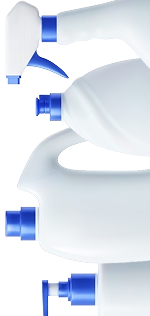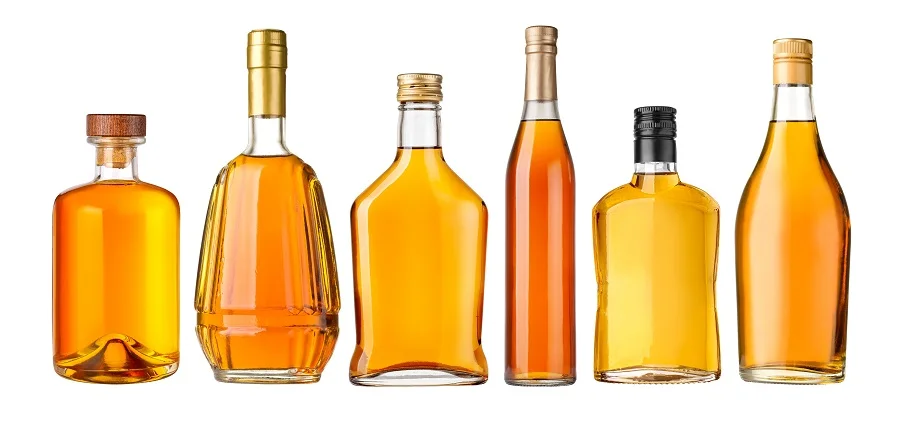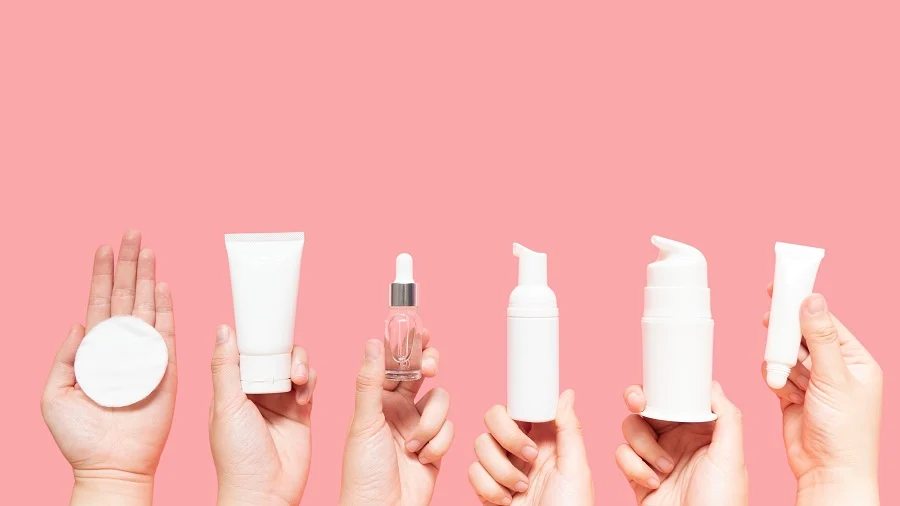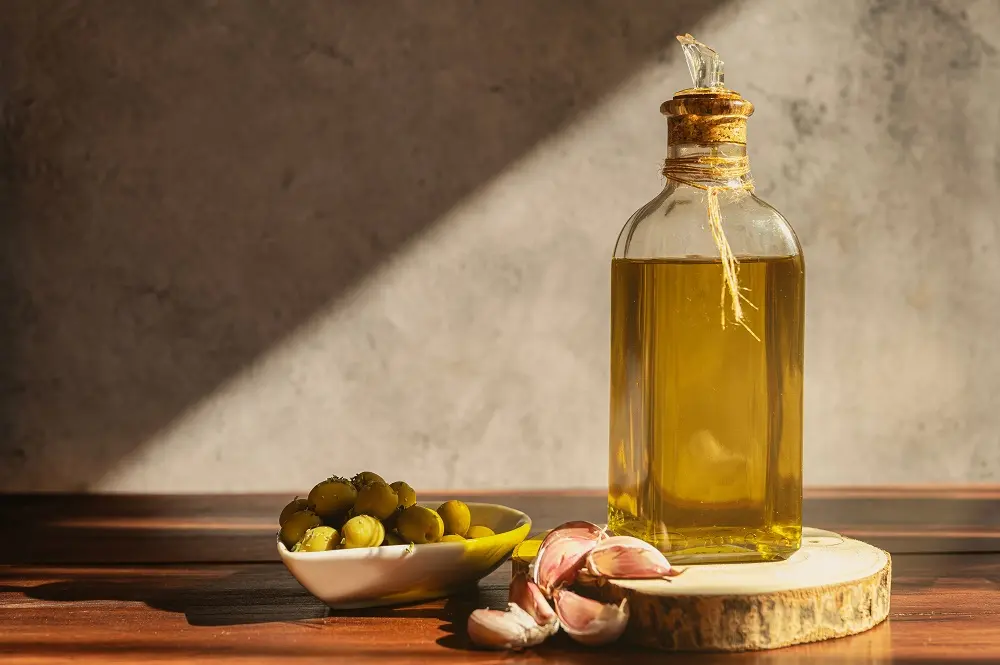Glass Bottle Manufacturing Costs: A Comprehensive Guide, 2025
- ByRobert "Rob" Starmann
- July 7, 2025
Glass bottles remain one of the most trusted and versatile packaging solutions across multiple industries. From food and beverage to personal care, pharmaceuticals, and household products, glass packaging offers exceptional benefits, including product preservation, aesthetic appeal, and environmental sustainability.
Understanding the factors influencing glass bottle costs is essential for businesses that want to optimize their packaging expenses. Whether you're a small craft beverage producer or a large-scale pharmaceutical company, comprehending these cost dynamics can impact your bottom line and help you make informed decisions about your packaging strategy.
Disclaimer: All pricing information in this guide represents approximate ranges based on industry averages. Actual costs may vary significantly based on specific supplier relationships, geographic location, order volume, market conditions, energy prices, and other dynamic factors.
As a full-service distributor of packaging components with over 50 years of industry experience, Ashland Container has developed extensive knowledge about glass packaging economics. For more details, we recommend consulting with a glass packaging supplier for current pricing specific to your needs.
Key Factors Affecting Glass Bottle Pricing
Various interconnected factors impact the intricacies of glass bottle pricing. From the raw materials that form the bottle’s foundation to the complexities of its design and production, many elements contribute to the final cost.
Raw Materials
The foundation of any glass bottle's cost structure begins with its raw materials. Glass is primarily composed of silica sand, soda ash, limestone, and other additives that influence its properties.
Raw material costs directly impact the wholesale price of glass bottles. For example, energy-intensive industries like glass manufacturing are especially sensitive to fuel price increases, which can quickly translate to higher bottle costs.
Savvy businesses can reduce raw material cost impacts by understanding seasonal price patterns and planning purchases accordingly. For example, some manufacturers offer dynamic pricing strategies that allow buyers to lock in better rates during periods of lower demand or when raw material costs decrease.
*Based on standard bottle sizes (4-16 oz) at medium production volumes (10,000-50,000 units).
Production Methods
Different manufacturing processes result in varying costs for glass bottles. The ideal production method depends on bottle complexity, quality requirements, and production volume.
The energy required for glass production is substantial, as furnaces must maintain temperatures around 1500°C (2700°F). Energy costs typically represent 20-30 percent of production expenses for glass manufacturers. As energy prices fluctuate, these changes directly impact bottle pricing.
Advanced production technologies have improved efficiency in recent years, with some manufacturers investing in more sustainable furnaces and production methods that can lead to cost savings over time.
Production methods can be complicated. Working with seasoned distributors like Ashland Container, who understand these production nuances, can help businesses identify the most cost-effective manufacturing methods for their needs.
Design and Customization
Glass bottles are a blank canvas, so the opportunities to be creative are endless. The design and level of customization significantly influence glass bottle costs. Standard, high-volume designs are considerably less expensive than custom solutions.
Custom designs require dedicated molds, which represent a significant upfront investment. Mold costs can range from several thousand dollars for simple designs to tens of thousands for complex or multipart molds. These costs must be amortized across the production run, making small custom orders particularly expensive on a per-unit basis.
If you’re unsure where to begin, Ashland Container helps customers navigate these design decisions by identifying opportunities to balance unique branding needs with cost-effectiveness. In some cases, modifying existing standard designs with custom decoration can achieve the desired brand impact without the expense of fully custom molds.
Decoration and Finishing
Decoration and finishing processes add another layer to glass bottle costs. These aesthetic enhancements can significantly impact the final price while adding substantial value to the packaging.
Each decoration technique has different cost implications based on setup requirements, production speed, and materials used. Volume plays a critical role in decoration economics — large runs can dramatically reduce per-unit decoration costs by spreading setup charges across more units.
Quality considerations also affect decoration pricing. Premium techniques like multicolor organic printing or real gold accents come at significantly higher costs, but may justify their expense for luxury products where packaging directly influences consumer perception and willingness to pay premium prices.
Order Volume and Economies of Scale
Perhaps no factor influences per-unit glass bottle costs more dramatically than order volume. The glass manufacturing process is optimized for continuous, high-volume production, making larger orders substantially more cost-effective.
Volume affects pricing in several ways:
- Setup costs: Initial machine setup, quality testing, and production line preparation are spread across all units produced.
- Production efficiency: Longer production runs achieve greater efficiency with fewer changeovers and less waste.
- Purchasing power: Larger orders give manufacturers more efficient material planning and purchasing leverage.
- Storage and logistics: Bulk shipping and handling reduce per-unit transportation costs.
*Approximate costs for standard 8-oz soda-lime glass bottles with basic decoration.
Most manufacturers offer tiered pricing structures that reflect these economies of scale. The price differential between small and large orders can be substantial — in some cases, ordering 50,000 units might cost only 30-40 percent more than ordering 10,000 units, resulting in a dramatically lower per-piece cost.
For businesses with lower volume needs, distributors like Ashland Container provide significant value by aggregating demand across multiple customers. As a result, smaller businesses can benefit from volume pricing without ordering beyond their actual needs or committing to excessive inventory.
Quality Control Impact on Glass Bottle Packaging Price
Quality control systems significantly influence glass bottle pricing, but also provide substantial value through reduced defects and waste. While implementing rigorous quality standards adds to production costs, these systems usually generate positive returns through reduced product losses and enhanced brand reputation.
While advanced quality control systems increase initial production costs, they substantially reduce long-term expenses related to product recalls, wastage, and consumer complaints. For businesses in regulated industries like pharmaceuticals or baby food, premium quality standards aren't optional — they're essential compliance requirements.
A cost-benefit analysis of quality control investments usually shows that prevention costs are substantially lower than failure costs. This is why it’s so important to work with experienced distributors like Ashland Container. It helps businesses identify the appropriate quality level for their application, avoiding unnecessary expenses and dangerous underinvestment in critical quality measures.
Transportation and Logistics of Glass Bottles
Transportation and logistics represent a substantial portion of total glass bottle costs due to the material's weight and fragility. Keep in mind that these factors vary significantly based on geographic considerations and supply chain structure.
Regional price differences emerge from both transportation economics and local manufacturing capacity. In areas with high concentrations of glass manufacturers, competitive dynamics may drive more favorable pricing. Conversely, regions with limited local production capacity often face higher prices due to transportation costs.
Businesses can optimize logistics costs through strategies like:
- Choosing manufacturing locations that minimize shipping distances.
- Consolidating orders to achieve full truckload economics.
- Implementing just-in-time delivery systems to reduce warehouse requirements.
- Developing storage systems that maximize space utilization while protecting fragile glass.
If you’re looking for assistance, Ashland Container's warehouse and just-in-time services help customers manage these logistics challenges by providing professional handling and storage with efficient delivery scheduling that aligns with production needs.
Investment Analysis for Premium Glass Packaging Costs
Premium brands often find that investing in higher-quality glass packaging yields measurable returns beyond the direct packaging costs. Understanding this ROI helps businesses make strategic decisions about their packaging investments.
Case studies across industries show that premium glass packaging can yield returns in several ways:
- Price premiums: Products in distinctive glass packaging can command 15-30 percent higher prices than identical products in standard packaging.
- Brand loyalty: High-quality glass packaging increases repeat purchase rates by 10-20 percent in many consumer categories.
- Extended shelf life: Superior product preservation can reduce spoilage rates and extend product viability.
- Marketing efficiency: Distinctive packaging serves as "free" marketing at the point of sale, reducing other promotional expenses.
Premium spirits brands, in particular, have documented significant ROI from custom glass packaging, with many reporting that packaging redesigns featuring distinctive glass bottles have increased sales by 25-40 percent, with only 15-20 percent increases in packaging costs.
For businesses considering premium glass packaging investments, we recommend a phased approach that begins with limited production runs to test market response before scaling to full implementation.
Sustainable Glass Options and Cost Implications
Sustainability has become a central consideration in packaging decisions. Glass offers strong environmental credentials alongside specific cost implications.
Businesses are finding various approaches to balancing sustainability goals with cost considerations:
- Investment in durability: Creating longer-lasting packaging that consumers keep and reuse, justifying higher upfront costs.
- Refill programs: Designing bottles for refilling, reducing lifecycle packaging costs while building customer loyalty.
- Marketing value: Leveraging sustainable packaging as a brand differentiator that justifies premium pricing.
- Cost offsetting: Identifying efficiencies in other areas (like lightweight designs that reduce shipping costs) to offset sustainability investments.
Leading brands find consumers increasingly willing to pay a 5-10 percent premium for products with verified sustainable packaging. This offers a direct financial return on these investments beyond the brand value and environmental benefits.
The glass industry continues to invest in improved sustainability through furnace technology, increased recycled content compatibility, and optimized manufacturing processes, gradually reducing the cost premium for more sustainable options.
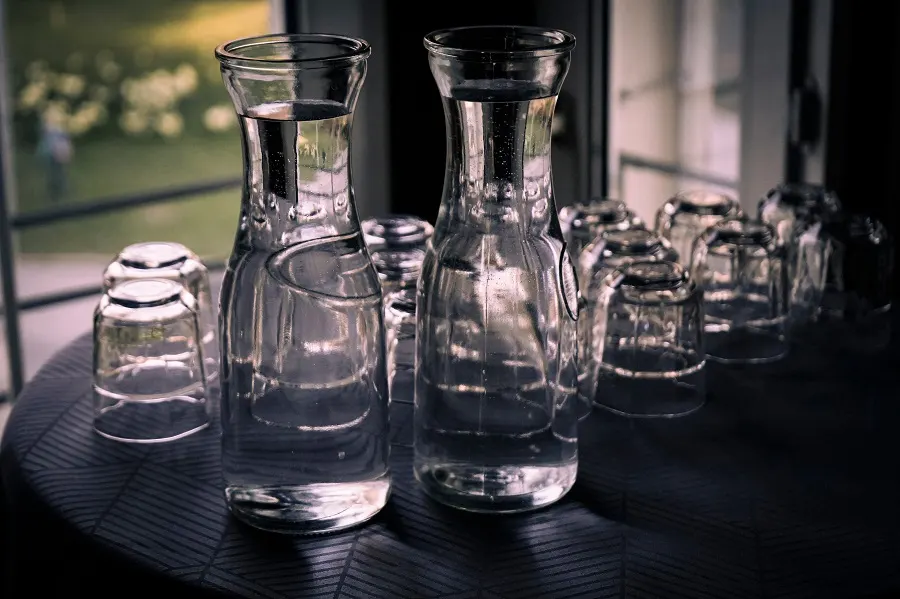
Strategies for Cost-Effective Glass Bottle Sourcing
When businesses understand the factors affecting glass bottle costs, they can implement several strategies to optimize their packaging expenses while meeting quality and aesthetic requirements.
Here are some of our recommendations for effective sourcing strategies:
- Building long-term supplier relationships: Developing partnerships with manufacturers or distributors that offer preferential pricing and priority during supply constraints.
- Standardizing packaging where possible: Using common bottle designs across product lines to increase volume and reduce mold investments.
- Balancing inventory and order frequency: Finding the optimal balance between inventory carrying costs and volume discount benefits.
- Exploring semi-custom options: Utilizing standard bottles with custom decoration to achieve brand differentiation without custom mold expenses.
- Planning seasonal production: Scheduling glass bottle orders during traditional industry low periods when capacity is underutilized.
- Evaluating total cost of ownership: Looking beyond unit price to consider quality, breakage rates, filling line efficiency, and consumer perception.
Glass bottle manufacturing isn’t a one-size-fits-all approach. We understand that it can feel overwhelming to try to navigate these nuances and find a solution that’s best for your business. Working with Ashland Container provides significant advantages in implementing these strategies.
With extensive manufacturer relationships and deep industry knowledge, distributors can identify cost-saving opportunities that might not be apparent to individual buyers. They can also provide valuable advice on balancing cost considerations with marketing objectives and operational requirements.
Ashland Container's 50 years of industry experience enable us to offer knowledgeable guidance on glass bottle selection that optimizes cost and performance. Our strong relationships with large and small manufacturers allow us to match each project with the ideal production partner, ensuring the most advantageous combination of quality, cost, and service.
Have a Question About Glass Bottle Pricing?
Get your glass bottle pricing questions answered by the experts. Contact us today for a quick and informative response from our knowledgeable team.
Conclusion & Takeaways
Understanding glass bottle costs requires a consideration of multiple interrelated factors, from raw materials and production methods to design complexity, decoration, volume economics, and market dynamics. Businesses should comprehensively evaluate these elements to make informed decisions that balance packaging performance, brand presentation, and financial considerations.
As packaging plays an increasingly important role in brand differentiation and consumer preference, making informed decisions about glass bottle sourcing represents a significant opportunity to enhance marketing effectiveness and operational efficiency. Investing in understanding glass bottle costs delivers returns through optimized packaging solutions that meet brand and budget requirements. Let’s get started! Contact us for a free consultation!

